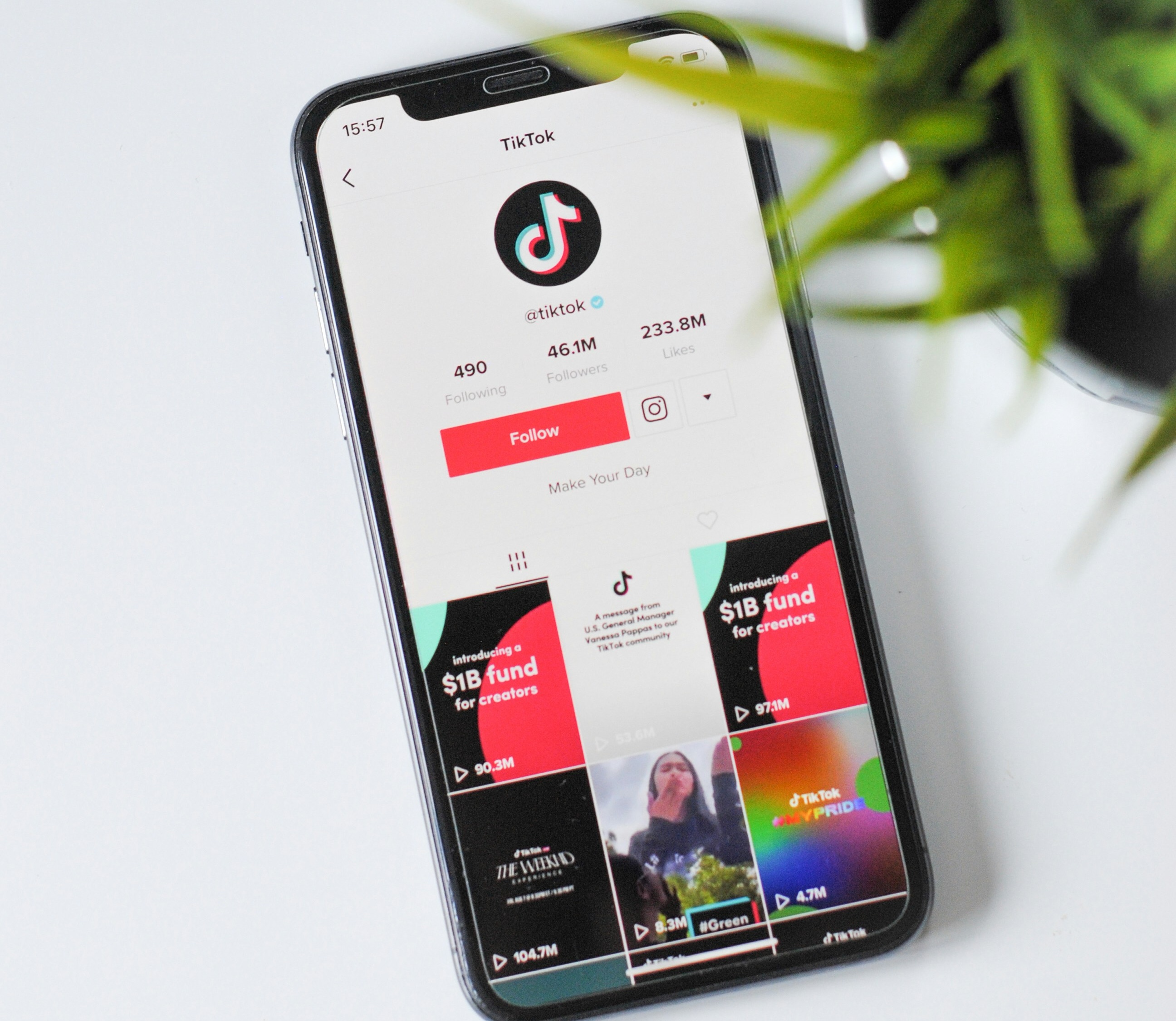
Instagram expanded its API to approved third parties, allowing for more data and insight to be pulled from the platform than ever before. There was an audible cheer from social strategist Gina Vo when the news broke.
She’s pumped. We’re pumped. Marketers everywhere should be pumped.
The announcement offers brands and advertisers the opportunity to better track purchase behaviors and desirable actions generated by organic content which in turn helps strategists improve their paid strategy. With improved post-, story-, and follower-level insights, Instagram is working hard to draw brands to advertise on the platform.
Previously, users had to manually scroll through each post, recording impressions, engagements, and reach, finally calculating performance metrics by hand. The process was unnecessarily arduous, created questions without answers, and left plenty of room for error.
One of the biggest draws of the API announcement is the ability to export mass amounts of performance metrics directly from these third-party platforms. As a result, data is automatically transferred into a format that is ready to be manipulated into more complex, brand-relevant KPIs.
Like we said, Gina is pumped.
![]() “This is a huge win from a reporting standpoint,” Gina said. “Pulling numbers and calculating engagement rates are no longer unnecessary time sucks. ???? Efficiency improves, accuracy improves, and being able to attribute link clicks to specific pieces of content means you’ll be able to better determine top traffic-driving content.”
“This is a huge win from a reporting standpoint,” Gina said. “Pulling numbers and calculating engagement rates are no longer unnecessary time sucks. ???? Efficiency improves, accuracy improves, and being able to attribute link clicks to specific pieces of content means you’ll be able to better determine top traffic-driving content.”
For individual posts, brands can more accurately track reach, impressions, saves, along with video and profile views.
In stories, completion and exit rates are automatically calculated, along with tap backs and tap aheads. Reach, impressions, and website clicks are also recorded for Stories, helping marketers better track the performance and value of the still relatively new advertising space.
Finally, within an audience, brands can track age, gender, and location of those viewing a given piece of content. Age and gender are common demographic information taken into account when evaluating social content, however, geo-location data has gained traction in recent months, especially with the success of Instagram and Snapchat ads in driving foot traffic to brick-and-mortar stores.
“If you’re paying for Instagram ads, you already get these metrics, but now the platform is helping quantify the value of organic content,” Gina said. “With these new metrics, brands can better-quantify and attribute link clicks to specific content buckets and see which buckets are driving the most web traffic, which, again, is where the real value lives.”
The move could be one aimed at attracting more advertising dollars, which would be yet another blow to Snapchat. Bringing these data points together, the platform offers the opportunity to get very granular in ad targeting, thus optimizing delivery and hitting the right people at the right time and place to influence purchase behaviors. If Instagram can show that organic stories have value (we have our suspicions), then they have a much stronger pull for drawing brands to advertise in the space.



